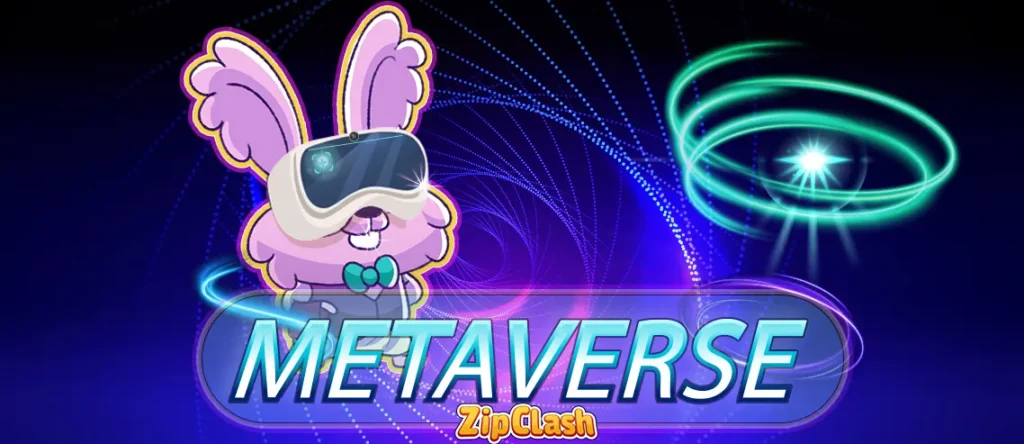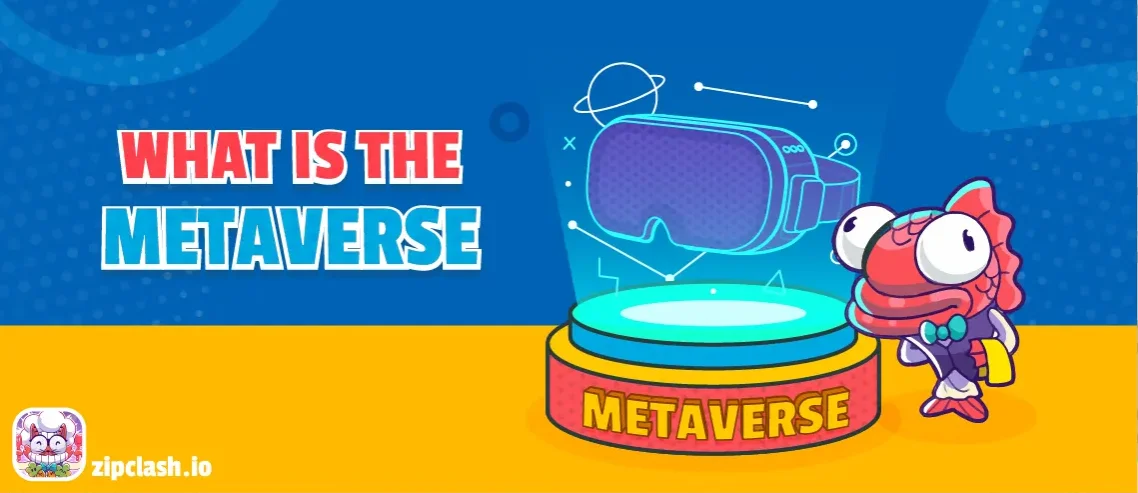What is the metaverse?
Metaverse is a compound term made up of meta, meaning “beyond,” and the universe, which means “world,” and rephrased as “beyond the world.” The word was coined by Neil Stephenson in his 1992 science fiction novel “Snow Crash.”
The term Metaverse was used by the American novelist to describe a virtual environment in which the protagonist socializes, purchases, and even battles real-world foes in the guise of his avatar. However, before this book, the notion of a world akin to the world of meta became renowned in 1984 with William Gibson’s transmedia novel Cyberpunk by Neuromancer.
What are the key features of the Metaverse?
Matthew Ball, an investor and former head of strategy at Amazon Studios, describes Metaverse with seven key characteristics:- It’s always active and “bright”
- It is experienced in real-time
- It can host an audience of any size
- It has a very dynamic and unique economy
- It spreads across digital and physical platforms and worlds
- It is possible to transfer digital assets across these platforms
- Experiences and content are created by users and large companies
Why does the Metaverse have so much potential?
The Metaverse is expected to replace the present Internet and provide users with all its material, but with far fewer limitations. Existing online platforms enable users to move freely within the same range for each service, limiting cross-platform interoperability; for example, you can construct anything you want in Minecraft, but you can’t transfer what you’ve produced in Minecraft to Fortnite. On the other hand, the meta virtual world enables users to create content on any platform and freely disseminate it around the digital globe. Unlike today’s Internet, virtual world users will be able to see modifications made by other users in real-time. If a user modifies something, the change is permanent and immediately apparent to everyone. Unlike the Internet, continuity and interoperability allow users to keep their online identities and experiences throughout the globe.What will the Metaverse need to go mainstream?
Metaverse needs a vast infrastructure to change and advance this technology, including increasing computing power, 3D imaging, virtual reality technology, Internet connection, etc. While Facebook has been a significant driver, other companies such as Microsoft, Nvidia, Unity Software, Autodesk, Adobe, and Tencent are well-known companies working on the Metaverse.Practical features of the metaverse
Integrating the physical and virtual worlds enables the Metaverse to incorporate virtual reality and augmented reality into several everyday uses and areas such as entertainment, manufacturing, healthcare, collaboration, sports, education, and training. Nevertheless, the ethical and practical aspects are something that the global tech communities are working on.ZipClash, a p2e game built for the future of the internet
Many argue that metaverse will be the internet we’re currently using. It will be boring for people to sit in front of their laptops and start playing games. Instead, metaverse will enable a more immersive gaming experience that makes players a part of the game. Play2earn games are on the verge of integrating into the metaverse, and ZipClash is no exception. You can download and install the game from the ZipClash homepage
ZipClash, a p2e game built for the future of the internet
Many argue that metaverse will be the internet we’re currently using. It will be boring for people to sit in front of their laptops and start playing games. Instead, metaverse will enable a more immersive gaming experience that makes players a part of the game. Play2earn games are on the verge of integrating into the metaverse, and ZipClash is no exception. You can download and install the game from the ZipClash homepage


Comments
Leave a Comment